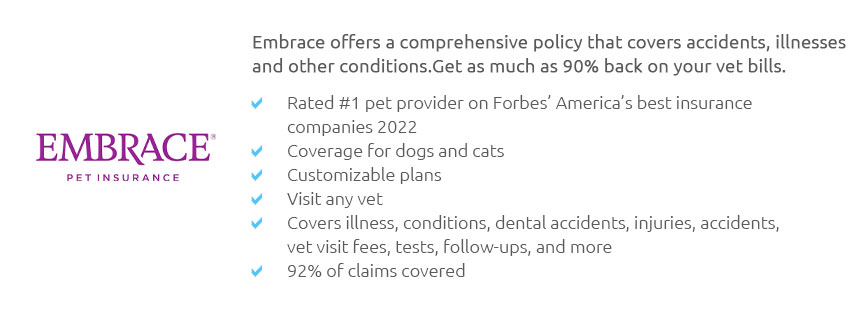 |
 |
 |
 |
 |
|
 |
|
 |
|
 |
|
 |
|
 |
|
 |
|
 |
 |
How to Choose Pet Health Insurance: A Comprehensive GuideChoosing the right pet health insurance can be a daunting task. With so many options available, it’s crucial to understand what to look for and how to evaluate different plans. This guide will walk you through the essential steps to ensure your furry friend gets the best coverage possible. Understanding Your Pet's NeedsBefore diving into policies, it’s important to assess your pet's specific health needs. Consider Age and BreedCertain breeds are predisposed to specific health conditions. Research your pet’s breed to determine potential future medical issues. Age also plays a crucial role, as younger pets might need basic care while older pets may require more comprehensive coverage. Evaluate Current HealthTake into account any existing medical conditions your pet may have. Pre-existing conditions might not be covered, so it’s essential to read the policy details carefully. Comparing Different Insurance PlansOnce you have a clear understanding of your pet's needs, compare different insurance plans. Coverage Options
It's worth exploring options like low cost pet health insurance to find affordable plans that don't compromise on quality. Cost vs. Benefits
Reading the Fine PrintUnderstanding the terms and conditions of a policy is crucial to avoid surprises. Exclusions and LimitationsEvery policy has exclusions. Make sure you understand what is not covered, such as hereditary conditions or dental care. Waiting PeriodsMany policies have waiting periods before coverage begins. Know these timelines to avoid gaps in coverage. FAQsWhat is the best age to insure my pet?The best age to insure your pet is as early as possible. Puppies and kittens often have fewer pre-existing conditions, which makes it easier to get comprehensive coverage. Does pet insurance cover pre-existing conditions?Most pet insurance policies do not cover pre-existing conditions. It's crucial to review the policy details and speak with the insurer for clarification. How do I file a claim with my pet insurance?To file a claim, you'll typically need to submit a form along with the veterinary bill and medical records. Most insurers offer online claim submissions for convenience. Can I switch pet insurance providers?Yes, you can switch providers, but be aware that any conditions diagnosed under the previous policy might be considered pre-existing by the new insurer. By taking the time to research and compare, you can find a policy that fits your budget and provides peace of mind. Consider exploring low price pet insurance options for a balance between cost and coverage. Your pet’s health and happiness are worth it! https://www.aspcapetinsurance.com/resources/pet-insurance-buyers-guide/
Look for a trustworthy provider - You should have confidence in your pet insurance provider. Of course, you can't tell the future of a company, but knowing how ... https://petinsuranceinfo.com/plans-and-policies/choosing-a-plan
Factors to Consider - Coverage - Choosing a Plan - How it Works - How to Compare Policies and Quotes - Plan 1 - Plan 2 - Helpful Tip - A Customized Policy Selection ... https://www.nerdwallet.com/article/insurance/pet-insurance-coverage
Determine the type and amount of coverage you need, and then get pet insurance quotes from several companies. Online quotes are available from ...
|